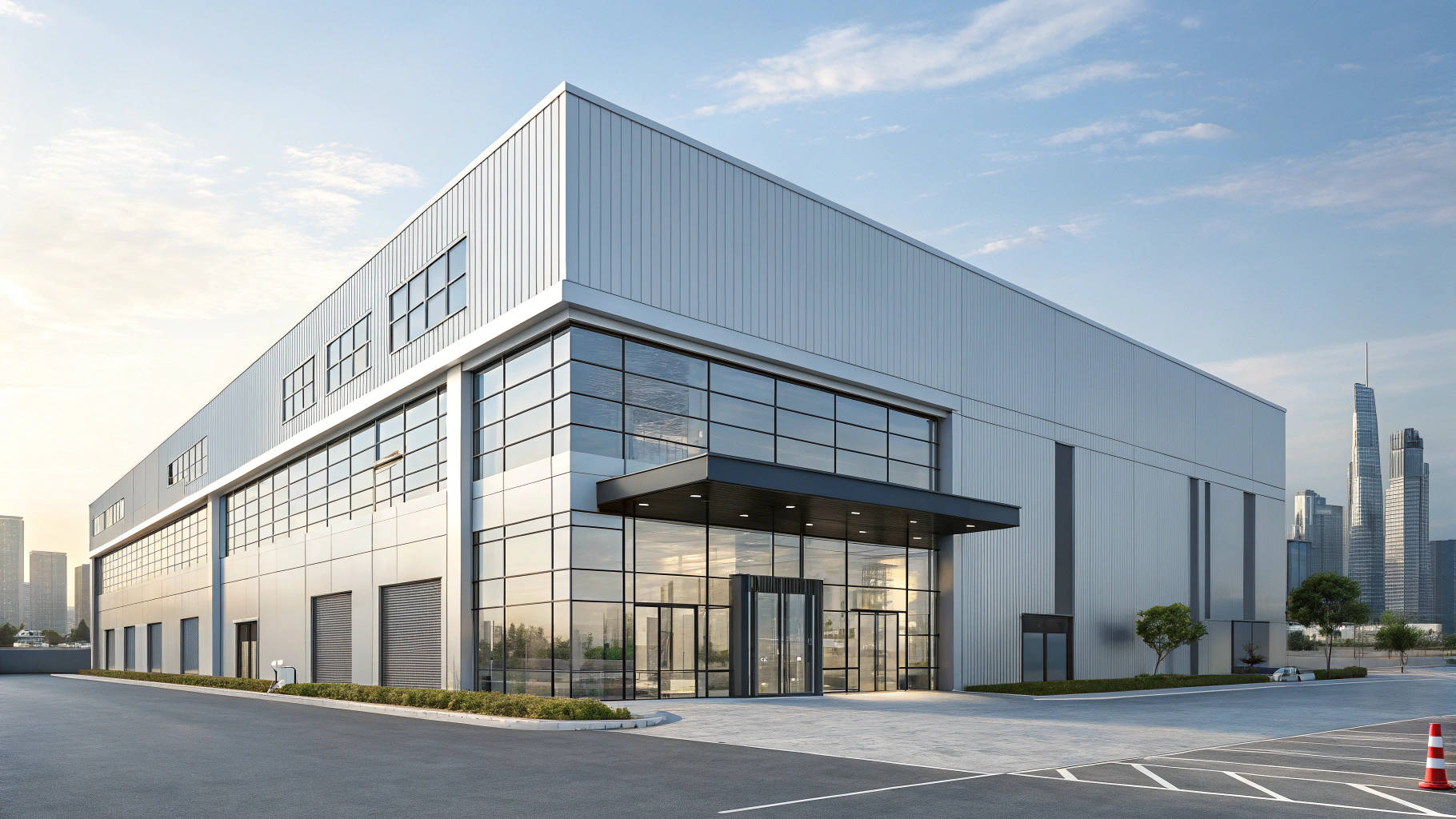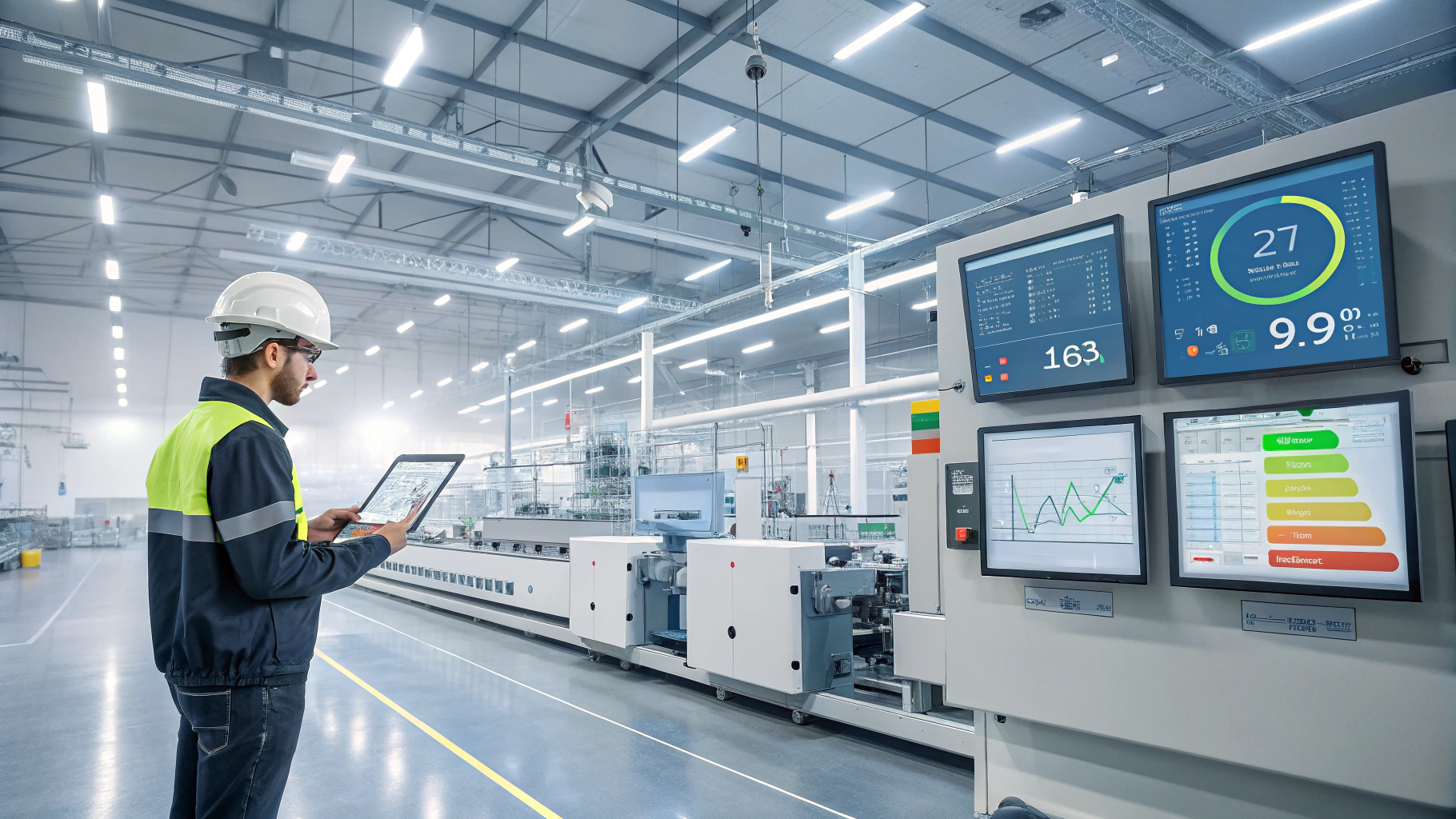Efficient building management is crucial for companies not only in terms of costs but also in productivity, safety, and sustainability. Despite this, many businesses still operate without a centralized system to optimize their building operations. The result is high energy costs, frequent technical issues, and inefficient management of various systems. However, BAS (Building Automation System) can provide a solution.
BAS is a system that centrally manages all key processes in a building, from lighting and heating to security and fire protection systems. It not only optimizes energy consumption but also helps prevent failures, enhances workplace comfort, and simplifies managerial decision-making.

Common Challenges in Building Management That Companies Face
❌ Uncontrolled Energy Consumption and High Operating Costs
Companies often receive only a summary energy bill without a detailed breakdown of where exactly consumption occurs and where waste happens. Lights stay on when not needed, production halls are fully heated even on weekends, and air conditioning may be set to inefficient temperatures. Without automation, these losses cannot be effectively identified and eliminated.
❌ Manual Management and Resulting Time Losses
Without intelligent automation, employees must manually adjust lighting, temperature, or ventilation in different areas of the building. This leads to inefficiencies, time losses, and frequent errors. In case of malfunctions or unexpected situations, the response time is too long, and the costs of problem resolution unnecessarily increase.
❌ Lack of Integration Between Systems
In most companies, lighting, HVAC, security, and heating systems operate separately without communication between them. When managers need a comprehensive overview of the building’s status, they must monitor multiple systems and applications, which slows decision-making and reduces operational efficiency.
❌ Inability to Meet Environmental and Regulatory Standards
With increasing ESG (Environmental, Social, Governance) requirements and new legislation on carbon footprint reduction, businesses face mounting pressure. Without accurate data on energy consumption and CO₂ emissions, it is difficult to meet required standards, potentially leading to financial penalties and a loss of competitiveness.
How BAS (Building Automation System) Solves These Problems
✅ Optimized Energy Consumption and Lower Operating Costs
The Building Automation System (BAS) monitors energy consumption in real time and automatically adjusts settings to eliminate waste. It can reduce heating in unoccupied areas, turn off lights in empty rooms, or adjust air conditioning based on outdoor temperature. The result is significant energy savings.
✅ Automation and Intelligent Management
Instead of manual adjustments, BAS ensures automated control of all systems based on sensors and predefined rules. Heating, ventilation, and lighting automatically adapt to the current building conditions without requiring employee intervention.
✅ Integration of All Systems into a Single Platform
BAS integrates all key building systems—lighting, heating, air conditioning, ventilation, security, and fire protection—into one platform. Managers gain a complete overview of the building’s status in a single interface, eliminating the need to switch between multiple applications. This enables faster and more accurate decision-making based on real-time data.
✅ Compliance with Environmental and Regulatory Requirements
BAS helps businesses monitor and optimize their energy consumption and emissions, making it easier to comply with ESG standards and legal regulations. Automated reporting simplifies the auditing process and ensures compliance with environmental requirements.
IoT Industries – Your Partner for BAS Implementation
Implementing a Building Automation System (BAS) requires expertise, the right technology selection, and customization to fit a company’s specific needs. At IoT Industries, we provide tailor-made solutions that include analysis, design, implementation, and long-term optimization of BAS systems. If you want to reduce costs, increase efficiency, and gain maximum control over your building management, contact us today to learn how BAS can help you achieve your goals.
Why Choose IoT/IIoT Implementation with IoT Industries?
Traditional companies typically specialize in OT (operational technologies, such as production lines and devices) or classic enterprise IT systems. However, we are able to connect both of these worlds. Our unique expertise in integrating OT and IT allows us to deliver innovative solutions in digital transformation, enhancing efficiency, reliability, and competitiveness for manufacturing companies.





 For example, in one company monitoring energy consumption, it was discovered that even
For example, in one company monitoring energy consumption, it was discovered that even  How does Ignition help with BMS
How does Ignition help with BMS